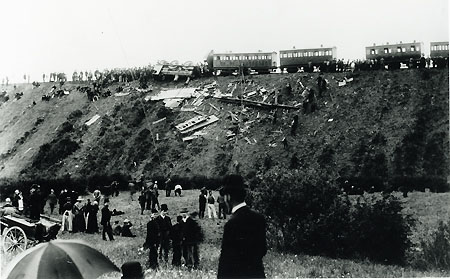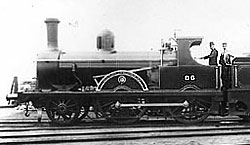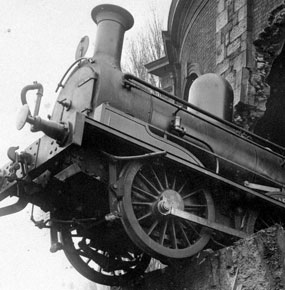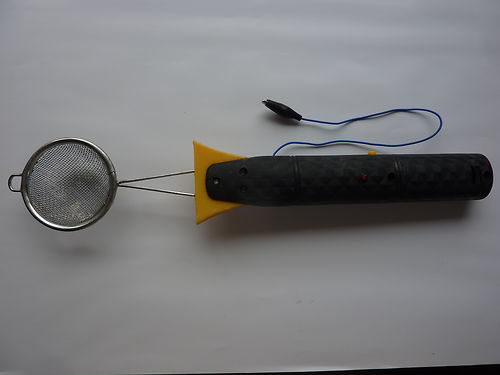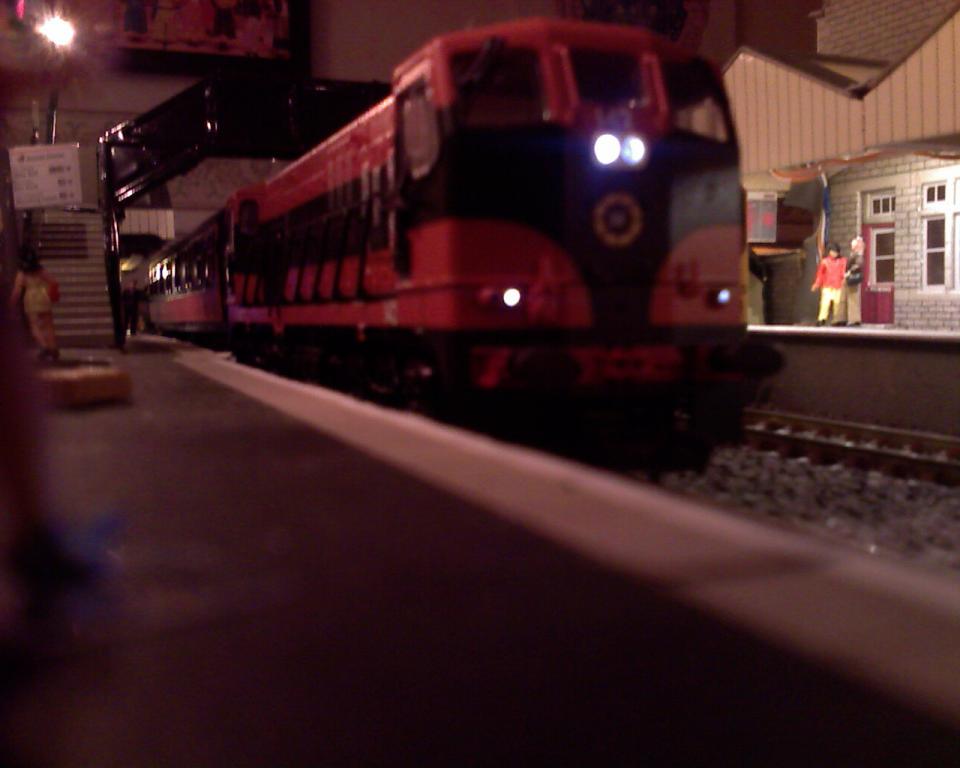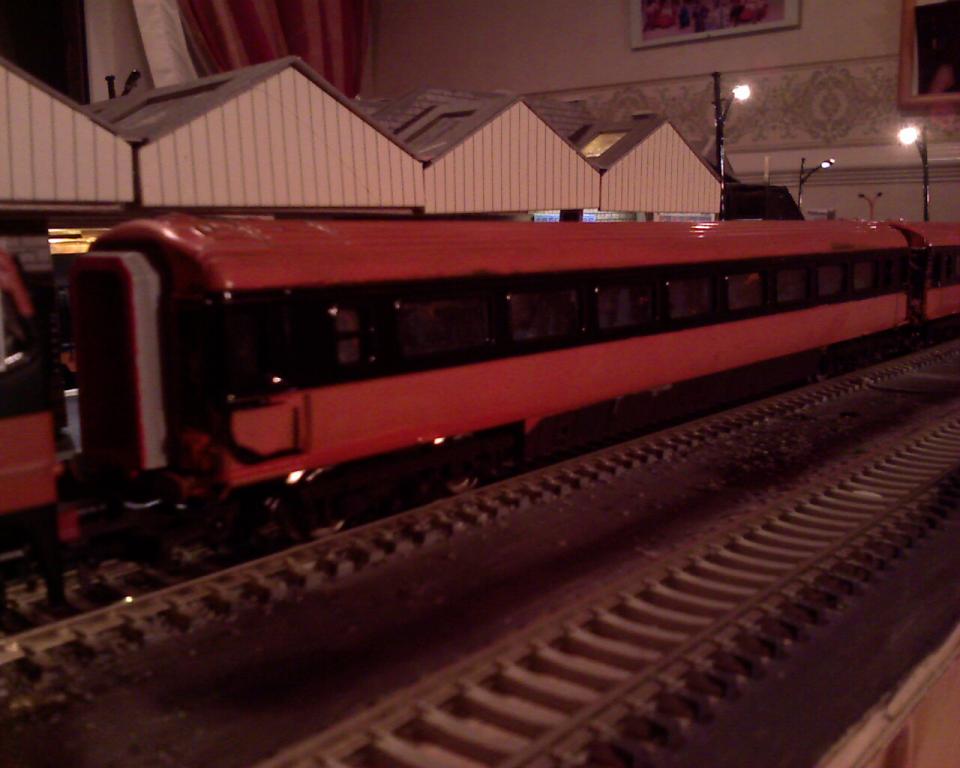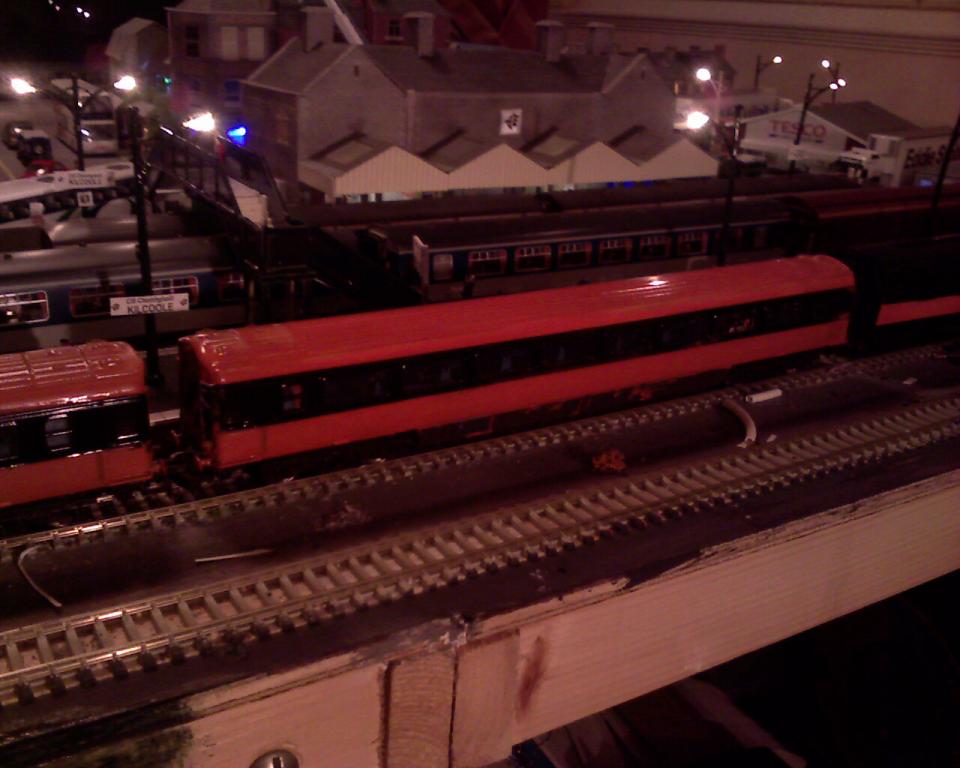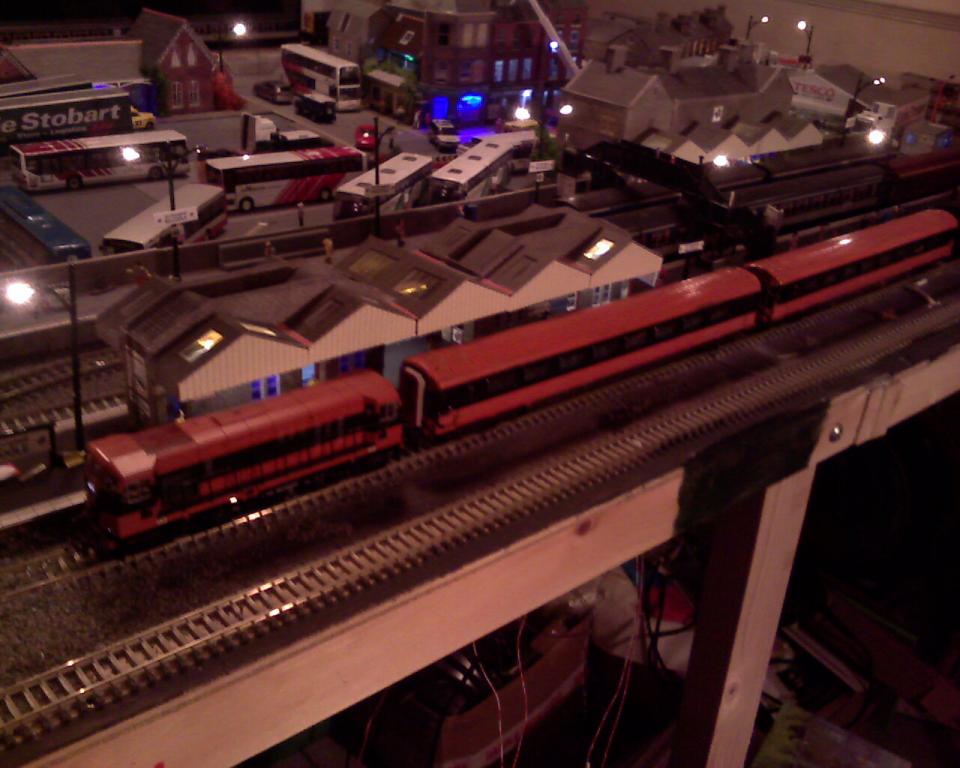-
Posts
346 -
Joined
-
Last visited
-
Days Won
1
Content Type
Profiles
Forums
Events
Gallery
Everything posted by kevrail
-
Looking Good Kirley. Love the CAF more please
-
Great video Want more please
-
For your Information Kirley - I viewed these before I am not sure when, but they where there and must have disappeared after site maintainence. No you are not going mad
-
here is a new one http://www.ebay.co.uk/itm/370750036718?ssPageName=STRK:MEWAX:IT&_trksid=p3984.m1423.l2649
-
-
Right! Now that the thread name has been changed we need a volunteer to appear on "Mastermind" Chosen subject Rail Disasters of Ireland
-
This thread needs to be renamed from Runaway loco crash into bufers to something like "Rail Disasters of Ireland". It is a history lesson all on its own
-
Pints of What???
-
A fish plate fractured which put the track out of alignment. The wooden sleepers over the next several hundred metres shattered as the 100 tonne train careered forward. All the passenger carriages careered off the line and crashed into the siding. Most of them were seriously damaged. The locomotive, the generating unit and the dining car remained on the track. Miraculously, no passengers lost their lives, although a few were injured.
-
The Armagh Rail Disaster of 1889 claimed 88 lives and injured 170 people. The 940 passengers were travelling to Warrenpoint on a day trip organised by Armagh Sunday School. There was such excitement about the prospect of a trip to the seaside that hundreds of people had bought tickets in advance. To meet this demand, extra carriages were added to the train putting considerable stress on the engine. Once all the passengers had arrived, they were loaded onto the carriages and the carriage doors locked to prevent non-ticketed passengers from boarding. The train then left the station with its passengers, crew, and all of the passengers’ provisions for the day. Even without the weight of the engine, the train weighed between 185 and 187 tons. The journey was expected to last an hour. A gradient of 1:75 at the Armagh Bank, however, meant that the engine was under particular strain. Near the summit of this climb, at Derry’s Crossing, the engine began to lose power and finally came to a halt. The incline meant that it would be impossible to restart the train so the crew applied the brakes and considered their options. It was decided to divide the train in two to take the carriages over the incline. The train was fitted with a continuous non-automatic vacuum braking system. This meant that the remaining carriages would be left without the brake triggered by the engine. It was decided to leave stones beneath the wheels of the carriages and the handbrake was applied in the guard’s carriage at the rear.As the train made to leave, however, it rolled slightly backwards pushing at the static carriages, causing them to move and crush the stones. The handbrake in the guard’s carriage alone couldn’t hold the train and the carriages began to roll back down the line. Seeing what had happened, the crew tried to place more stones behind the carriage wheels but these were crushed immediately under its force. They tried to recouple the moving carriages to the rest of the train but this dangerous task was also unsuccessful. The passengers, locked in the carriages, unable to get out through the small windows, were captive to a fate that became more perilous as the carriages picked up speed, travelling the wrong way along the tracks. The 10:35 train, a powerful engine travelling with a light load, was following behind the excursion train. Though the drivers saw the runaway carriages coming towards them and tried to reverse, it was too late, collision was inevitable. At a speed of about 40 mph the carriages smashed into the 10:35 train. The last three carriages and their passengers were obliterated. The near-static train was relatively unharmed though its carriages became loose and began to move down the track. Without the quick action of the crew of the 10.35, who managed to stop them, further damage would have been caused. Once the news of the accident broke, members of the RIC, the Royal Fusiliers, and concerned citizens hastily made their way to the site. Their first task was to free the passengers from the wreckage and separate the living from the dead. Treatment was administered to the injured at the site and they were taken quickly to medical and make-shift facilities in Armagh. Sixty-four people were pronounced dead immediately and over time the death toll grew to 88. At the time this made the Armagh Rail Disaster the worst in Europe. The legal proceedings that followed the disaster forced many improvements to the railways. The government passed the Regulation of Railways Act 1889 which required all passenger railways to use the safer continuous automatic brake. It also made stipulations as to signalling and the interlocking of all points and signals. This legislation was a turning point in the history of the railways. Previously government had taken a hands-off attitude, leaving the powerful railway companies to prosper on their own terms. The Armagh Rail Disaster demonstrated the need for government intervention to ensure passenger safety. The act remains the basic framework for railway operators to this day.
-
One of the most spectacular accidents in Irish railway history happened at Harcourt St Station on St. Valentines Day 1909. An incoming cattle train from Enniscorthy failed to stop, crashed through the buffer stops and the metre-thick outer station wall, leaving the engine perched precariously above Hatch Street some nine metres below. Miraculously nobody was killed, neither civilians, guard, cattlemen nor their beasts, but the driver of the train, 22 year old William Hyland, was trapped in the wreckage and had to have his right arm amputated.
-
But a pint of WHAT is the question grasshopper???????????
-
I had hoped that I would learn a bit more about the Irish Rail network as I don't know a great deal!!
-
Then we shall all have to meet at the North Down m R Exhibition
-
can someone tell me why I have become a senior member?????? Have I been promoted?? Does it come with any responsibilities or a salary??????
-
Thread: Disappearing Posts I thought someone had stole lineside fencing at Kirley junction when I initally looked at this thread.
-
Agreed Broithe but has Ireland so little to offer in the way of Railway History. On watching other programmes in this series he is reknown for stating the obvious. "With the coming of the railway it has changed the town/city etc." It is really a travel programme on a railway theme but i feel they could spend more time on the railway aspect of the programme especially here in Ireland. Probably a biased view on my part
-
Juat watched the first programme. killarney to Cobh. Why is it that everytime film makers go to Cork they spend most of the time in the English market. till very little on the actual railway which I would have thought was the original idea
-
I know it is Kirley but I missed a few episodes. the problem is that he spends too much time away from the railway issues, but still worth a watch
-
Series 4 on Tonight BBC2 at 18.30 Goes to Ireland - Killarney to Cobh Michael Portillo takes to the tracks once again using his Bradshaw's 'Handbook for Tourists in Great Britain and Ireland' from the Victorian era. Portillo is on a railway journey through the Republic of Ireland travelling from the rugged beauty of County Kerry, across the rural Irish Midlands to end in the city of Galway on the Atlantic coast. In this episode Michael samples nineteenth century foodie delicacies, explores a stunning landscape shot to fame by rails and royals and risks life and limb for the gift of the gab. Goes to Ireland - Charleville to Waterford Tuesday BBC2 at 18.30 Goes to Ireland - Kilkenny to Athy Wednesday BBC2 at 18.30 Goes to Ireland - Newbridge to Roscrea Thursday BBC2 at 18.30 Goes to Ireland - Athlone to Galway Friday BBC2 at 18.30 For more information http://www.bbc.co.uk/programmes/b00xgqxy/episodes/guide#b01pw8rt
-
That's one mad price. Can't understand peoples mentality!!!
-
Guys has anyone used these static Grass Applicator. If so what do you think of them? Your thought and comments appreciated please
-
An update on my Mk IIIs - still a way to go but for a first time I am learning all the time. Still some fiddly bits to clear up but I have just realised due to lack of space I can only have a rake of 4 max. Sorry about the photo quality but that is maybe not a bad thing as it shows less mistakes All constructive comments welcome
-
just found this on ebay http://www.ebay.co.uk/itm/HO-Gauge-Jouef-HDI-CIE-Irish-Coach-/251218335920?pt=UK_Trains_Railway_Models&hash=item3a7dc798b0 HO Gauge Jouef HDI CIE Irish Coach Poor condition- box has no interior, windows damaged genuine HDI chassis current bid @ £10.50
.png.c363cdf5c3fb7955cd92a55eb6dbbae0.png)



